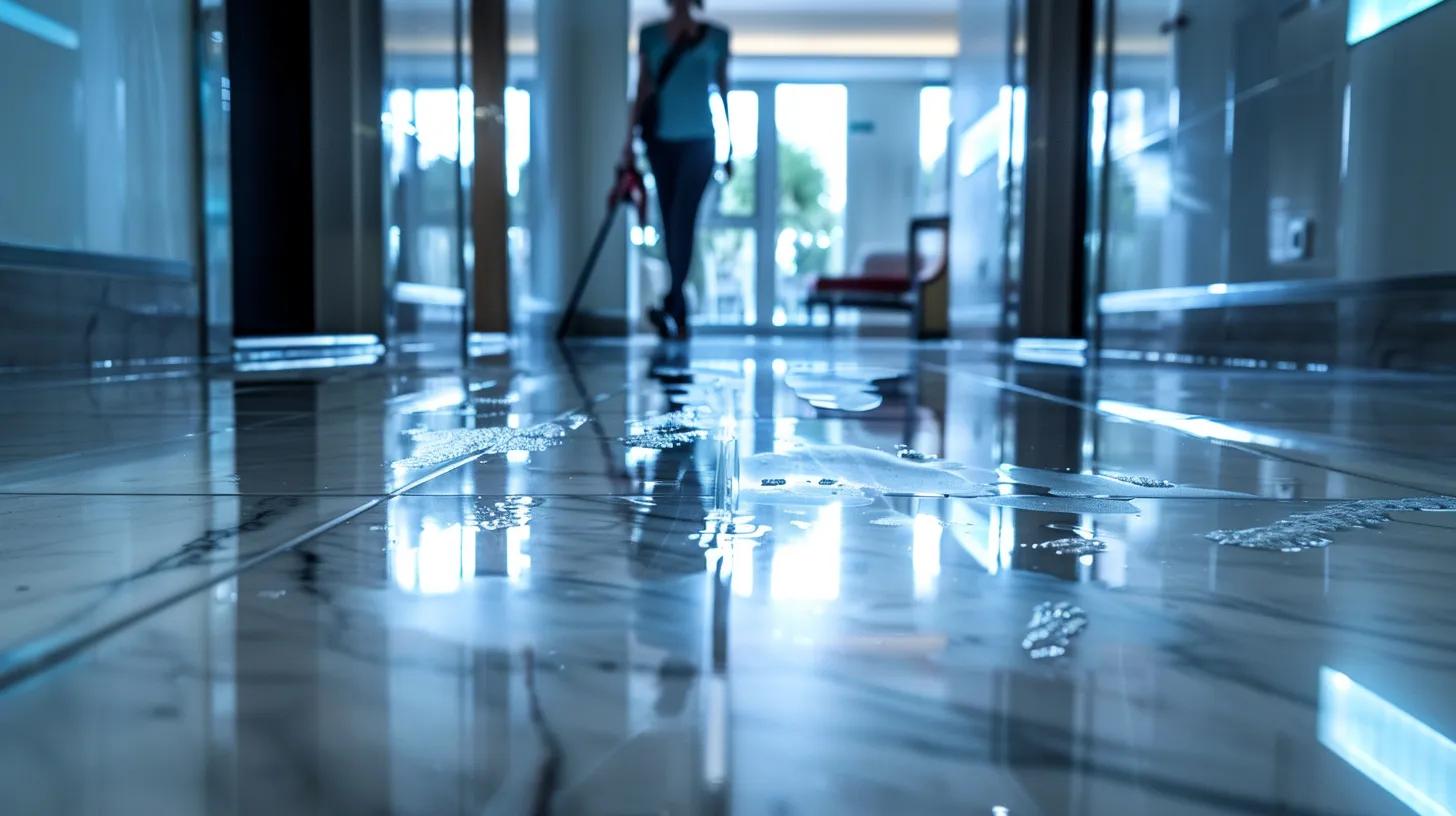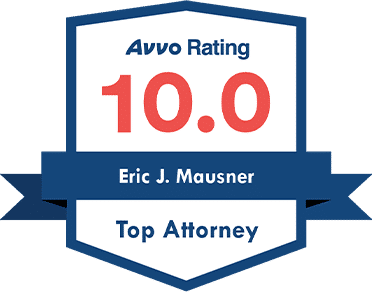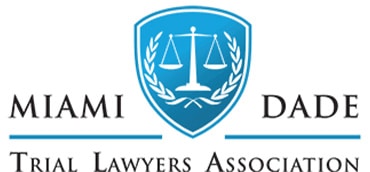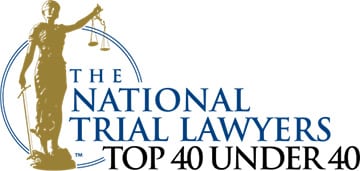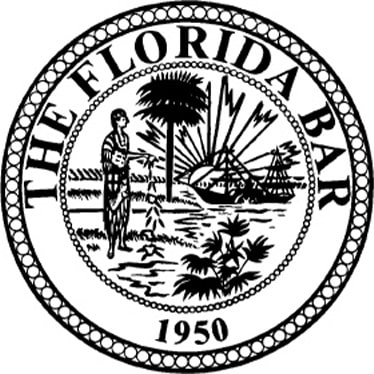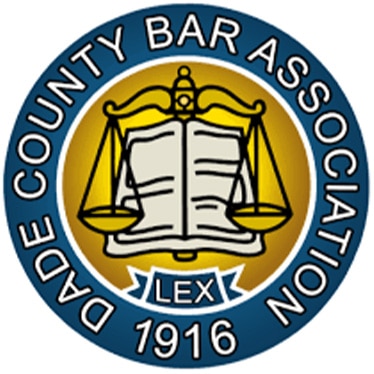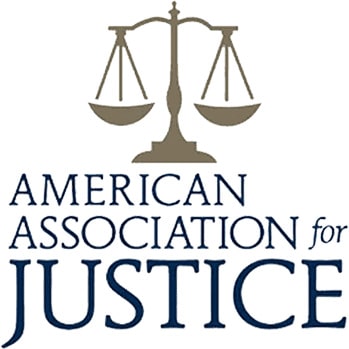A slip and fall happens when someone trips, slips, or loses their footing on another person’s property. Acting quickly protects your health and preserves evidence that could matter if you pursue a claim. This guide walks you through what to do at the scene, how to document injuries and hazards, and what legal concepts, like premises liability, negligence, and comparative fault, mean for your recovery. Many people underestimate hidden injuries or accidentally destroy proof. Early steps can save security footage, witness statements, and medical records that support your case. Below you’ll find on-scene actions, evidence preservation tactics (including sample language for preservation letters), state-specific timing and fault rules for Florida, and a clear outline of how a slip and fall claim typically proceeds toward settlement or trial. At Mausner Graham Injury Law, we help Florida residents navigate the complex aftermath of slip and fall accidents, from evidence preservation to securing rightful compensation.
What Are the Immediate Steps to Take After a Slip and Fall Accident?
Immediate steps protect your health and lock in the facts that show liability and causation. Seek medical care right away—what feels minor at first can be serious later, and prompt records tie treatment to the accident. Then document the scene with photos and video from several angles, note any warning signs (or the absence of them), and report the incident to the property owner or manager so there’s an official record. Get witness names and contact information, and avoid giving recorded statements or admitting fault to staff or insurers. Stick to the facts and say you’ll follow up. These steps preserve crucial evidence and build a factual timeline that supports medical care and later legal steps.
- Seek medical attention promptly: Visit triage or the ER if you suspect head, neck, or back injury.
- Document the scene with photos/videos: Take wide shots and close-ups of the hazard and any missing or obscured signage.
- Report the incident to property staff and request an incident report: Ask for a copy or the incident number for your records.
- Collect witness names and contact details: Ask a few brief questions and confirm the best way to reach them.
- Avoid admitting fault or giving recorded statements: Offer neutral facts and explain you’ll consult medical and legal advisors.
Following these steps reduces disputes about causation and helps you assemble the medical documentation and evidence that affect claim value.
How Should You Seek Medical Attention After a Slip and Fall Injury?
Get medical care as soon as you can and describe exactly how the fall happened and any symptoms you feel. Early records create a clear link between the accident and your treatment, which supports a damages claim. Go to the emergency room for severe symptoms—loss of consciousness, numbness, weakness, or intense pain. For less urgent but still concerning symptoms, urgent care or a prompt visit to your primary doctor that documents your complaints and orders diagnostics (X-ray, CT, MRI) is appropriate. Keep every record, test result, and provider note, and follow through with referrals so your treatment history shows continuity and progression.
Scan or copy all medical records and keep a chronological log with dates, treatments, medications, and how symptoms affect daily life. That timeline strengthens damage calculations and supports non-economic claims like pain and suffering. In short, early and consistent care protects your health and builds the foundation of a persuasive claim.
What Is the Best Way to Document the Accident Scene and Injuries?
Document methodically—take photos and video and make contemporaneous notes that preserve conditions, hazard details, and any personal items involved. Use your phone for wide-angle shots to show the hazard in context, close-ups of the dangerous condition (wet floor, torn carpet), and photos of clothing, footwear, and visible injuries—keep timestamp metadata when possible. Record a short video walkthrough and narrate what you see. Note lighting, weather, cones or signage, and the exact time and sequence of events while your memory is fresh. Preserve physical items like torn shoes in a labeled bag and avoid moving or altering the scene if it’s safe to remain where you fell.
This structured approach—photos, video, a written incident note, and preserved items—creates multiple evidence streams that corroborate medical records and make causation and notice easier to show.
How Do You Gather and Preserve Evidence for a Slip and Fall Claim?
Evidence gathering focuses on physical proof, contemporaneous records, and third‑party data that show the hazard existed, that the owner knew or should have known about it, and that the fall caused your injuries. Start with on-site photos, video, witness information, and any incident reports. Then move fast to preserve off-site evidence such as surveillance footage and maintenance logs—send written preservation notices or request records through formal channels. Preservation letters to property owners or insurers can prevent spoliation; time-sensitive items like CCTV are often overwritten quickly, so act immediately to document chain of custody. Key evidence types include visual media, incident and maintenance records, medical files, and witness testimony; together they establish causation, notice, and damages.
Important types of evidence to obtain early:
- Photos and videos of the hazard and your injuries.
- Surveillance footage from nearby cameras.
- Incident reports and maintenance logs.
- Names and statements of witnesses.
- Medical records and diagnostic test results.
Being proactive about preservation reduces the risk that CCTV will be lost or overwritten and strengthens your position if the case advances to litigation—contemporaneous evidence is highly persuasive in proving negligence and damages.
Intro to evidence comparison table: The table below explains key evidence types, how to collect them, and preservation tips so they remain available for investigation and legal use.
Evidence Type | How to Collect | Preservation Tip |
Photographs & Video | Use your phone for wide and close angles; narrate the video for context | Keep original files and note timestamps and the device used |
Witness Statements | Get names, phone/email, and brief written notes or recorded consent | Ask witnesses to sign or write short statements and preserve contact info |
Security Camera Footage | Identify camera locations and request footage from property management | Send a written preservation request and confirm retention periods |
Incident Reports | Request a copy or incident number from staff at the scene | Ask for a digital copy and record who completed the report |
Maintenance Logs | Request inspection and repair records from the owner or manager | Send a formal records request and document who you contacted |
What Types of Evidence Are Crucial for Proving Your Slip and Fall Case?
Crucial evidence shows the hazardous condition, notice to the property owner, causation, and the injuries you suffered. That evidence typically includes photos, surveillance footage, maintenance logs, incident reports, medical records, and witness statements. Photos and contemporaneous video capture the hazard and environment; maintenance records and prior complaints show notice or a pattern; medical exams and tests link the fall to physical harm and quantify treatment needs; witnesses corroborate the timeline. Together, these pieces create a coherent narrative—a hazard existed, the owner knew or should have known, and the fall caused injury and costs.
For the strongest claims, gather multiple, independent types of evidence that support each legal element—liability, breach, causation, and damages—so insurers and courts can verify the chain from hazard to harm.
How Can You Collect Witness Statements and Security Footage Effectively?
Approach witnesses briefly and respectfully: introduce yourself, ask if they saw the fall, and get their name and best contact method. Ask one or two clarifying questions (what they saw, where they were standing) and invite them to provide a short written or recorded statement later if they’re willing. For security footage, identify the property’s management or security office, note who you spoke with and when, and ask which camera angles might have captured the incident. Request preserved copies immediately in writing and confirm retention policies—footage is often overwritten within days. Use simple preservation language that identifies the date, time, and location and asks that footage be preserved pending investigation; if footage looks at risk, consider sending a certified preservation letter.
What Legal Rights and Premises Liability Laws Apply to Slip and Fall Accidents?
Premises liability is the area of personal injury law that expects property owners to keep their premises safe and to warn of known hazards. To recover, you generally must prove duty, breach, causation, and damages under the rules of the state where the accident occurred. Duty varies by the visitor’s status (invitee, licensee, trespasser) and property use. Breach is shown when an owner fails to repair, inspect, or warn about a dangerous condition. Causation links that breach to your injury, and damages quantify medical costs and other losses. State rules—statutes of limitations, comparative negligence, and any municipal notice requirements—affect deadlines and potential recovery, so knowing the jurisdictional specifics matters for timing and strategy.
Jurisdiction | Statute of Limitations | Comparative Negligence Rule |
Florida | 2 years for negligence claims | Modified comparative negligence (recovery barred if claimant is 51% or more at fault) |
What Is the Duty of Care and How Does Negligence Affect Your Case?
Duty of care means property owners must keep their premises reasonably safe and warn lawful visitors of known dangers. Whether a duty exists depends on who you were and how the property was being used. Breach is established by showing the owner failed to repair, inspect, or warn about a dangerous condition that a reasonable owner would have fixed—maintenance logs, prior complaints, and testimony often show this. Causation connects that breach to your injury through medical records and scene documentation, and damages measure your medical bills, lost income, and pain and suffering. If any element is missing, it becomes harder to settle or win at trial.
Knowing how duty and breach work helps you prioritize evidence collection; preserve notice indicators, photograph the hazard, and keep thorough medical records that link the fall to your injuries.
How Do State-Specific Laws Impact Slip and Fall Claims?
State rules determine how long you have to file suit, whether your own fault reduces recovery, and if special notice periods apply for public or municipal properties. These differences directly affect case value and timing. For example, Florida gives two years to sue for negligence and applies a modified comparative fault rule that bars recovery if you’re 51% or more at fault. New York allows three years and follows pure comparative negligence, which reduces recovery by your percentage of fault. Municipal claims often require short administrative notice periods before filing suit, and some jurisdictions have unique caps or procedures. Knowing these variations changes priorities—preserve evidence quickly everywhere, but file notices or suits sooner where deadlines are tighter.
Because procedural missteps can extinguish recovery options, an early legal review tied to your jurisdiction will help you meet deadlines and choose the right preservation and filing strategy.
Get Your FREE Case Review Today
How Does the Slip and Fall Lawsuit Process Work and What Compensation Can You Expect?
Most slip and fall matters move from an initial consultation and investigation to a demand and negotiation phase, and, if necessary, to suit, discovery, and then settlement or trial. The investigation gathers medical records, scene documentation, witness statements, and expert reports. A demand package quantifies damages and presents liability evidence to the insurer. If the claim doesn’t settle, filing a lawsuit preserves rights and starts discovery (interrogatories, depositions, document exchange). Many cases settle before trial because settlement avoids the risk and cost of court. Potential compensation can include economic damages (medical bills, lost wages), non-economic damages (pain and suffering, reduced quality of life), and, rarely, punitive damages for especially egregious conduct.
Damage Category | Examples | Documentation That Supports Value |
Economic Damages | Medical bills, rehabilitation costs, lost income | Hospital bills, billing statements, wage records, receipts |
Non-Economic Damages | Pain and suffering, emotional distress | Medical records, pain journals, testimony about lifestyle impact |
Future Care Costs | Ongoing therapy, assistive devices | Expert reports, treatment plans, cost estimates |
What Are the Key Stages of a Slip and Fall Lawsuit From Consultation to Settlement?
The typical stages include a free consultation and investigation, followed by a demand and negotiation. If the claim remains unresolved, counsel files suit and proceeds through discovery, possible mediation, and trial preparation. Investigation assembles the evidence and evaluates liability and damages; the demand package sets a settlement figure backed by documentation. If insurers don’t budge, filing a lawsuit preserves rights and opens discovery, which develops facts and expert opinions. Many cases settle once liability and damages are documented. Trial preparation includes expert retention and finalizing exhibits, but most matters resolve through negotiated settlement once the evidence is clear.
Knowing these phases helps you understand when you’ll be asked for records, how decisions affect timing, and how attorney actions create leverage in negotiations.
What Types of Damages Are Available in Slip and Fall Cases?
Damages usually fall into three categories: economic losses you can document, non-economic harms such as pain and suffering, and—rarely—punitive damages for conduct that’s especially reckless. Economic damages are supported by bills, receipts, and wage records and can be calculated precisely. Non-economic damages rely on medical testimony, pain journals, and narratives about how your life changed. Future medical care and lost earning capacity require expert projections and vocational analysis. Punitive damages are uncommon and require proof of intentional or grossly negligent conduct beyond ordinary carelessness. Thorough documentation and expert assistance increase the reliability of damage estimates and settlement outcomes.
Keep careful bills, maintain a chronological medical log, and get early expert input to fully capture and prove the losses you’ve suffered.
What Common Mistakes Should You Avoid After a Slip and Fall Accident?
Common mistakes can hurt both credibility and claim value: don’t admit fault, delay medical care, or mishandle or publicly post evidence. Apologies or admissions are used by insurers to shift blame. Gaps in treatment let defendants argue injuries predated the fall. Mishandling evidence—moving the scene, discarding damaged clothing, or failing to preserve CCTV—creates spoliation risk and can cost you key proof. Use neutral language with property staff and insurers, document everything, and consult counsel before giving recorded statements or signing releases.
Avoiding these pitfalls—seeking prompt care, documenting methodically, and limiting official communications—protects your health and preserves legal options.
Why Should You Avoid Admitting Fault or Delaying Medical Treatment?
Admitting fault or downplaying symptoms can reduce settlement value because insurers use statements to argue comparative fault. Delayed treatment weakens causation by suggesting your injuries weren’t serious or aren’t related to the fall. Give a brief, factual account at the scene and seek prompt medical documentation to prevent insurers from exploiting inconsistencies. Early diagnosis and objective testing (imaging, specialist notes) help tie the injury to the accident and preserve credibility. Avoiding admissions and seeking timely treatment keeps your claim strong.
Neutral, documented responses plus immediate medical care protect both your health and the legal foundation of your claim, improving settlement or trial outcomes.
How Can Mishandling Evidence or Communication Affect Your Claim?
Mishandling evidence—altering items, deleting photos, or posting about the injury online—gives insurers reason to question your credibility and can lead to reduced offers or outright denial. Courts can impose sanctions for spoliation. Insurers monitor social media and public statements for inconsistencies, and losing physical evidence like torn shoes removes corroboration for the injury mechanism. Protect evidence by saving original files, preserving damaged items, limiting public posts about the incident, and documenting every records request. If evidence is altered or lost, reconstruction is harder and claim value usually falls.
A disciplined preservation plan and cautious communication strategy limit defense attacks and help maintain the integrity of your claim.
Contact us today for your free & confidential case review. Our team will help you get the compensation that you deserve.
When and Why Should You Contact a Premises Liability Lawyer for Your Slip and Fall Case?
Contact a premises liability lawyer if your injuries are significant, liability is unclear, the insurer pressures you to accept a quick offer, or evidence is time-sensitive. Attorneys provide preservation, valuation, and negotiation expertise that can materially affect recovery. An experienced lawyer will send preservation letters, secure CCTV, retain medical and vocational experts, and build a demand package that quantifies future needs while addressing comparative negligence arguments. Early legal involvement prevents evidence loss, coordinates medical and rehab care for claim purposes, and increases leverage through litigation readiness. For many injured people, a lawyer turns scattered documentation into a cohesive case insurers must take seriously.
We also provide information on estate planning and related legal services; if you’d like to discuss either topic, contact us to schedule a consultation.
How Can an Experienced Attorney Maximize Your Slip and Fall Compensation?
An experienced attorney maximizes recovery by preserving key evidence, assembling persuasive experts (medical, rehabilitation, accident reconstruction), and using litigation readiness during negotiations. Lawyers know how to present a demand package that ties current medical costs and projected long‑term care to documented injuries. Expert reports quantify future expenses, lost earning capacity, and non‑economic harms. The prospect of litigation often encourages insurers to make fairer offers to avoid trial. Strategic negotiation, expert testimony, and courtroom preparedness increase the chance of full recovery for both present and future damages.
These legal steps translate clinical and documentary proof into credible monetary demands that reflect the real impact of the injury.
What Should You Expect During a Free Case Review with Mausner Graham Injury Law?
In a free case review with Mausner Graham Injury Law you’ll have a confidential conversation about the facts of your slip and fall, an assessment of liability and damages, and practical next steps—including evidence preservation and medical care coordination. Bring basic details: date, time, and location of the fall; any witness contacts; photos or video; medical records or discharge papers; and any incident report numbers. We’ll explain how we investigate claims, whether contingency‑fee representation is appropriate, and immediate steps we can take—like preserving CCTV and maintenance logs. The review also covers statutes of limitations and jurisdictional rules that affect timing, so you leave with clear, actionable advice.
Frequently Asked Questions
What should I do if I can’t find witnesses after my slip and fall accident?
If you can’t locate witnesses right away, don’t worry. Start by documenting the scene thoroughly with photos and video and note the time, location, and conditions that contributed to the fall. Check for nearby surveillance cameras that might have recorded the incident and ask the property owner or manager if they have any records or can help identify witnesses. Even without witnesses, strong photographic, medical, and documentary evidence can support your claim.
How can I ensure my medical records support my slip and fall claim?
Seek medical attention promptly and tell your provider how the fall happened and what symptoms you have. Follow recommended treatment and keep records of every visit, test, and prescription. Request copies of imaging, test results, and provider notes, and maintain a log of treatment dates and how the injuries affect your daily life. Clear, consistent medical records are essential to linking the fall to your injuries.
What are the potential long-term effects of a slip and fall injury?
Long-term effects vary with injury type and severity. Common lasting problems include chronic pain, reduced mobility, and psychological impacts such as anxiety or depression. Fractures or head injuries may require ongoing treatment, therapy, or surgery. Document all symptoms and follow up with healthcare providers so long‑term effects are captured for both medical care and any legal claim.
How does comparative negligence affect my slip and fall case?
Comparative negligence allocates fault among parties. If you’re partly at fault, your recovery may be reduced by your percentage of fault. For example, a 20% fault finding would reduce your award by 20%. The specific rule—pure comparative or modified comparative—depends on the state and can significantly affect your recovery, so it’s important to understand the law where the accident occurred.
What role does a premises liability lawyer play in my case?
A premises liability lawyer helps you gather and preserve evidence, evaluates the strength of your claim, and calculates appropriate compensation. A lawyer negotiates with insurers, protects your rights during settlement talks, and represents you in court if needed. Experienced counsel increases the chances of a fair outcome by organizing proof and countering defense strategies.
What should I do if the property owner disputes my claim?
If the owner disputes your claim, stay calm and compile all evidence—photos, witness statements, and medical records—that supports your version of events. Consult a premises liability lawyer who can handle negotiations and, if necessary, file suit to protect your rights. Keep detailed records of communications and any evidence that contradicts the owner’s position.
How can I prepare for a consultation with a premises liability lawyer?
Gather relevant information before your consultation: the date, time, and location of the fall; any photos or video; medical records; witness contact details; and any incident report numbers. Be ready to describe the accident, your injuries, and any communications with the property owner or insurer. This preparation helps the lawyer assess your case efficiently and provide tailored advice.
Taking the right steps after a slip and fall is crucial, not only to protect your health but also to preserve your legal rights. At Mausner Graham Injury Law, our experienced Florida premises liability attorneys offer free consultations to assess your case and take immediate action, including preserving key evidence. We don’t get paid unless you win. Contact us today to schedule a confidential review, and protect your right to compensation.
Call Mausner Graham today
Free consultation available statewide
Offices in Miami, Doral, and Palmetto Bay
600+ 5-Star Google Reviews
Last Updated Monday, November 17th, 2025

